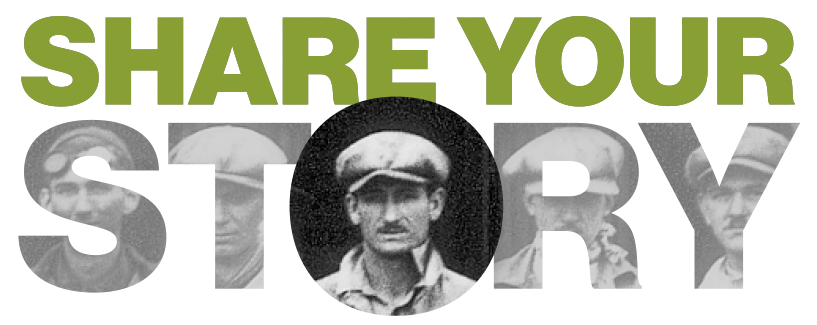In 1930 aviator Frank Monroe Hawks was ranked as one of America’s most prestigious airmen. He was hired by The Texas Company in 1928 to fly the oil company’s aging but reliable Ford Trimotor passenger airliner, but Frank got his “big break” when he flew a Lockheed “Air Express” from Los Angeles to New York City in the record time of 18 hours 21 minutes and 59 seconds. In 1930-1931 Hawks also gained worldwide fame flying a custom-built Travel Air Type “R” monoplane for Texaco. He set hundreds of intercity speed records with the airplane in the United States, Western Europe and Scandinavia.
The accompanying photograph shows Hawks (second from left) with Mrs. Hawks, Olive Ann Beech and Walter H. Beech in the summer of 1931 during the grand opening of the Wadlow Brothers Flying Service. Newman Wadlow is standing to the right of Hawks and Newman Wadlow to Beech’s left. The two young aviators were born within two minutes of each other and grew up in Wichita. They were identical twins to the point that their girlfriends often could not tell them apart on dates, leading to some interesting shenanigans, according to Truman. In 1931 the Wadlows took over operations of the hangar facilities formerly used by Central Air Lines – a short-haul air carrier that was owned in part by the Travel Air Company.

Walter Beech, who had helped the boys learn to fly in the mid-1920s, co-signed a loan for $25,000 to help the twins get started in the aviation business. Renamed “Central Air College,” the facilities were located east of Travel Air Field (today the headquarters and customer delivery center of Textron Aviation’s subsidiary Beechcraft are located on the site). Newman and Truman offered charter and sightseeing flights as well as flight instruction. They managed to stay in business until 1934 when the Great Depression finally forced the twins to cease operations.
One of the airplanes in their small fleet was a Travel Air Type 6000B cabin monoplane formerly owned by Central Air Lines. In 1929 it was flown by Charles A. Lindbergh from Wichita to Mexico City to court Ann Morrow, daughter of United States Ambassador Dwight Morrow.
Early in the 1930s the Wadlows decided to capitalize on “Lucky Lindy’s” courtship by renaming Lindbergh’s Travel Air “The Romancer.” They courted both of their wives in the ship and offered reservations for airborne dating and weddings – a marketing ploy that proved to be quite popular, thanks to the monoplane’s spacious cabin that could accommodate the bride and groom, pastor and a few family members.
Stories of aero entrepreneurs such as the Wadlow Brothers Flying Service is but one of Wichita’s many untold tales that underscores how the prairie city became the Air Capital of the World.

 Back
Back